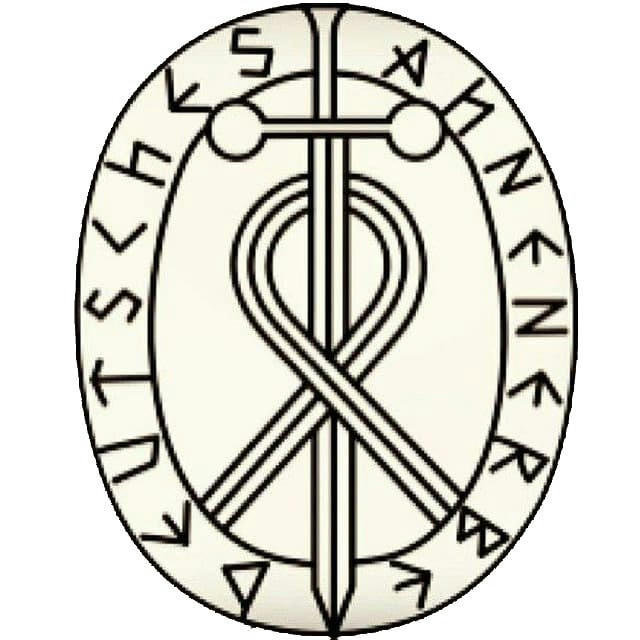
Ahnenerbe
🚩 Channel was restricted by Telegram
Ko'proq ko'rsatish2 386Obunachilar
Ma'lumot yo'q24 soatlar
+17 kunlar
+1230 kunlar
- Kanalning o'sishi
- Post qamrovi
- ER - jalb qilish nisbati
Ma'lumot yuklanmoqda...
Обуначиларнинг ўсиш даражаси
Ma'lumot yuklanmoqda...
Repost from History Clearinghouse 📜
The Indian Treaty of 1847 between Comanches and.... Germans 🇩🇪
From the book, "The Captured" - true story of Scott Zesch's blond German only speaking ancestor, Adolf, who had been kidnapped at age 10, lived among the Comanches and years later returned...
Repost from Ulrich Hirschmann Archives
The Origin of the Runes (1996)
by Henrik Williams
Repost from Ahnenerbe
Kensington Runestone Museum
https://www.runestonemuseum.org
Repost from Ahnenerbe
The translation of the Kensington Runestone from Medieval Swedish runes to Latin letters then Modern Swedish, Norwegian, Danish and English.
The "hooked X” and "dotted R" would become tell-tale signs of the artifact's authenticity.
"Eight Gotalanders (variously Geats, Goths or Swedes) and twenty-two Northmen (Norwegians) on an exploration journey from Vinland to the west. We had camp by two skerries one day's journey north from this stone. We were [out] to fish one day. After we came home [we] found ten men red with blood and dead. AVM (Ave Virgo Maria) save [us] from evil."
"[We] have ten men by the sea to look after our ships, fourteen days' travel from this island. [In the] year 1362." (source)
Repost from Ahnenerbe
Kensington Runestone (side view) in its present location:
Kensington Runestone Museum
Alexandria, Minnesota
Repost from Ahnenerbe
"Swedish immigrant Olof Ohman (center) said that he found the stone late in 1898 while clearing land he had recently acquired of trees and stumps before plowing. The stone was said to be near the crest of a small knoll rising above the wetlands, lying face down and tangled in the root system of a stunted poplar tree, estimated to be from less than 10 to about 40 years old. The artifact is about 30 × 16 × 6 inches (76 × 41 × 15 cm) in size and weighs 202 pounds (92 kg). Ohman's ten-year-old son, Edward Ohman, noticed some markings & the farmer later said he thought they had found an 'Indian almanac.'
During this period the journey of Leif Ericson to Vinland (North America) was being widely discussed and there was renewed interest in the Vikings throughout Scandinavia, stirred by the National Romanticism movement." (source)
